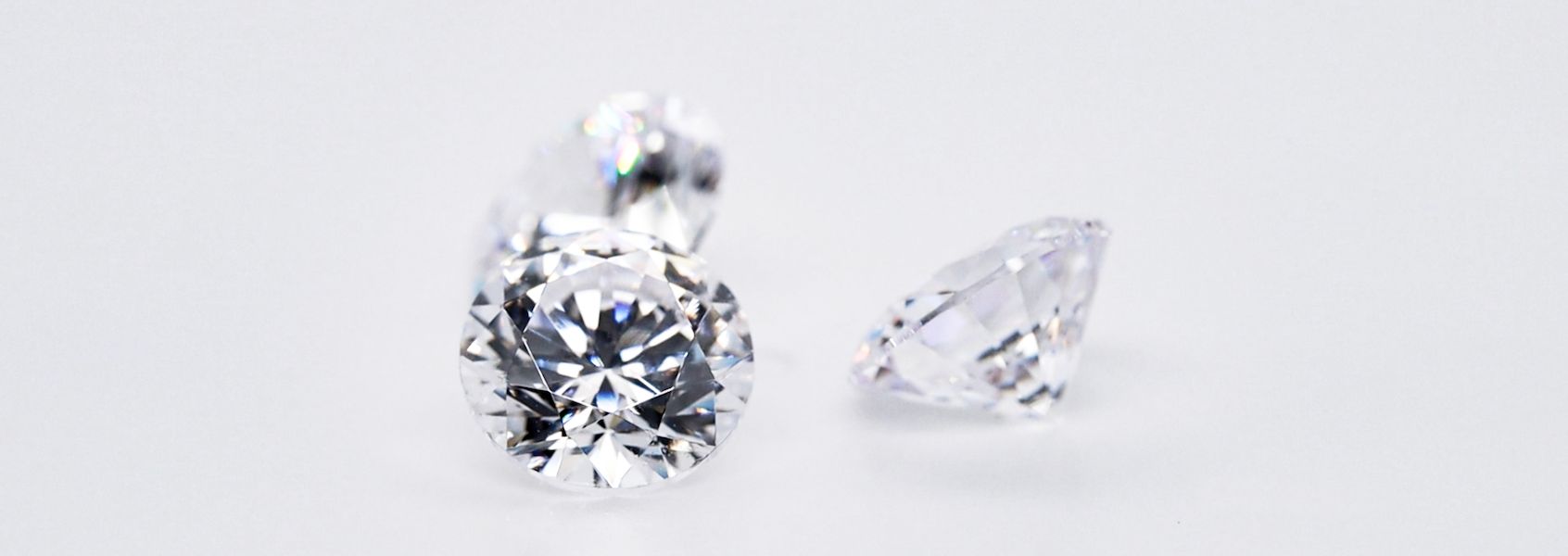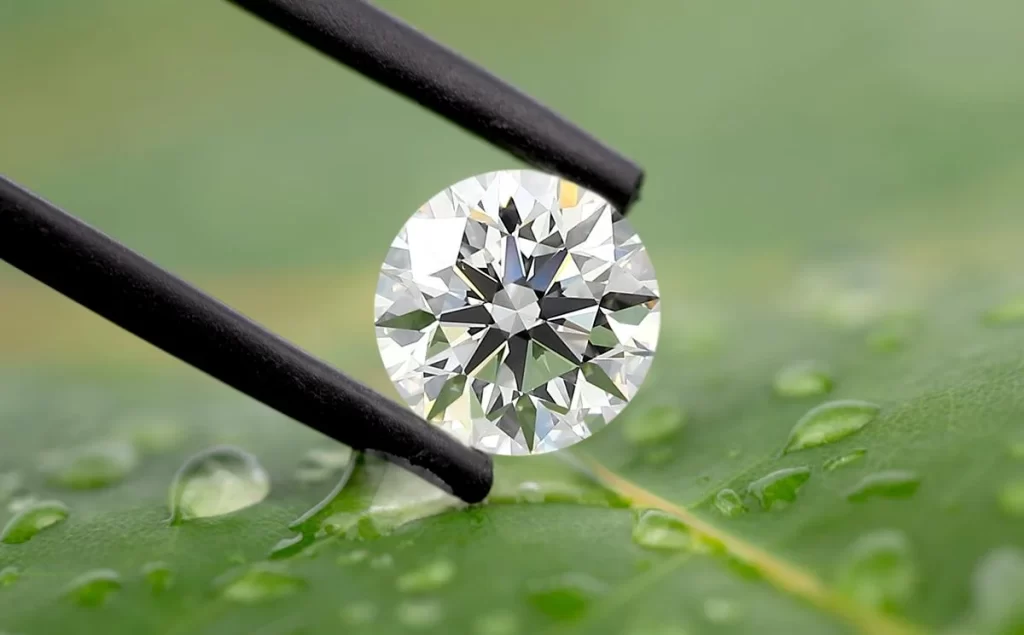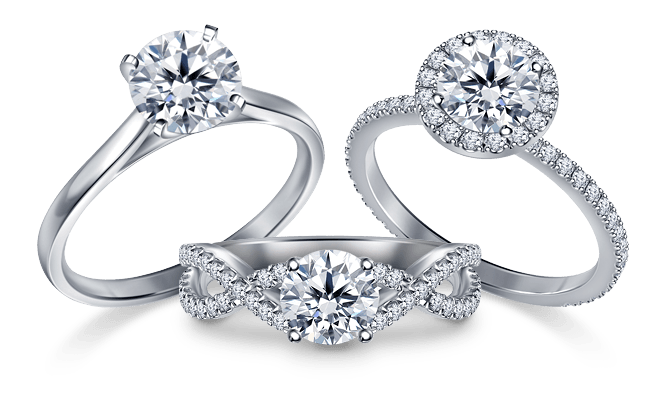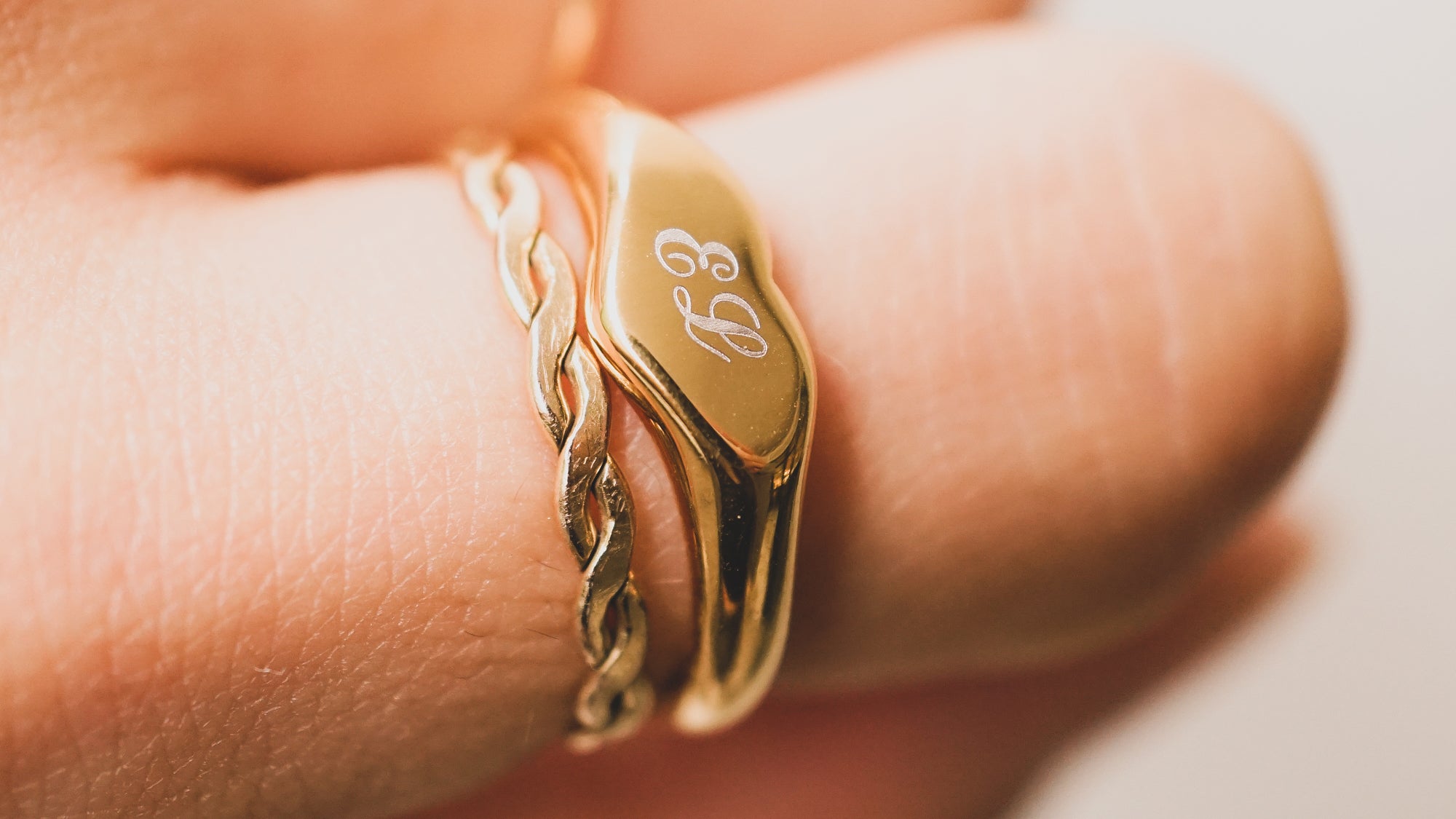In recent years, lab grown diamonds have revolutionized the jewelry industry, offering a sustainable and ethical alternative to natural diamonds. One of the critical aspects that define the beauty and value of a diamond is its cut. Whether you’re a first-time buyer or a seasoned jewelry enthusiast, understanding the intricacies of lab grown diamond cuts is essential to making an informed purchase decision.
Introduction to Lab Grown Diamonds
Lab grown diamonds, as the name suggests, lab grown diamonsds cut that are created in a controlled environment under laboratory conditions. They possess the same chemical and physical properties as natural diamonds but are cultivated in weeks rather than taking millions of years to form underground. This technological advancement has made lab grown diamonds increasingly popular due to their affordability, ethical production methods, and minimal environmental impact.
Understanding Diamond Cuts
Diamond cuts play a crucial role in enhancing a diamond’s brilliance, fire, and overall visual appeal. There are various types of diamond cuts, each with its unique characteristics that cater to different preferences and styles.
Types of Cuts and Their Characteristics
Round Brilliant Cut: Known for its exceptional brilliance and classic appeal, the round brilliant cut is the most popular choice.
Princess Cut: Square or rectangular in shape, the princess cut offers a modern and elegant look with its sharp corners.
Emerald Cut: Featuring a rectangular shape with step-like facets, the emerald cut emphasizes clarity and elegance.
Asscher Cut: Similar to the emerald cut but with a square shape, the asscher cut offers a vintage-inspired look.
Radiant Cut: Combining the brilliance of the round cut with the elegance of the emerald cut, the radiant cut is known for its sparkle.
Cushion Cut: Square or rectangular with rounded corners, the cushion cut provides a romantic and vintage feel.
Pear Cut: Shaped like a teardrop, the pear cut is renowned for its symmetry and unique look.
Oval Cut: Elongated and curved, the oval cut offers a flattering and elongating effect on the finger.
Marquise Cut: Boat-shaped with pointed ends, the marquise cut maximizes carat weight and creates a dramatic look.
Heart Cut: Symbolizing love and romance, the heart cut is a distinctive choice for sentimental jewelry pieces.
Advantages of Lab Grown Diamonds
Lab grown diamonds offer several advantages over their natural counterparts. They are typically more affordable, costing up to 40% less than natural diamonds of comparable quality. This affordability allows consumers to choose larger or higher-quality stones within their budget. Moreover, lab grown diamonds are produced ethically without the environmental and social concerns associated with diamond mining. They are also conflict-free, making them a preferred choice for socially conscious buyers.
The Art and Science of Cutting Diamonds
The process of cutting diamonds is a blend of artistry and precise engineering. Skilled diamond cutters utilize advanced technology to maximize a diamond’s brilliance and beauty. Techniques such as laser cutting and computer-aided design (CAD) ensure unparalleled precision in shaping each facet of the diamond. After cutting, diamonds undergo polishing to enhance their reflective qualities further.
Precision and Technology Involved
- Laser Cutting: Utilizes lasers to make precise cuts on the diamond, enhancing symmetry and brilliance.
- Computer-Aided Design (CAD): Allows designers to create intricate designs and simulate the diamond’s appearance before cutting.
- Polishing Techniques: Using specialized tools and polishing agents to achieve a flawless finish that maximizes light reflection.
Factors Influencing Diamond Cutting Quality
Several factors influence the quality of diamond cuts, including clarity and color. Diamonds with higher clarity grades (fewer internal flaws) and color grades (less coloration) are easier to cut to maximize brilliance and fire. The skill of the diamond cutter also plays a crucial role in achieving superior craftsmanship that meets or exceeds industry standards.
Comparison with Natural Diamonds
While lab grown diamonds share many similarities with natural diamonds, there are distinct differences in their cutting process. Lab grown diamonds are often cut to achieve optimal brilliance and sparkle, similar to natural diamonds. Visual inspection under magnification can reveal slight differences, but to the untrained eye, both types appear indistinguishable in terms of beauty and durability.
Common Misconceptions about Lab Grown Diamond Cuts
Despite their growing popularity, there are common misconceptions about lab grown diamond cuts. One misconception is regarding their quality and durability compared to natural diamonds. In reality, lab grown diamonds exhibit the same physical properties and hardness as natural diamonds, making them equally durable and suitable for everyday wear.
Choosing the Right Cut for Lab Grown Diamonds
When selecting a diamond cut, personal preference and style should guide your decision. Popular choices among consumers include the round brilliant cut for its timeless appeal and the princess cut for its modern aesthetic. Other cuts like the cushion cut and oval cut offer unique characteristics that appeal to different tastes. Consider factors such as ring setting, intended use, and personal style when choosing the perfect diamond cut for your jewelry piece.
Future Trends in Diamond Cutting
The future of diamond cutting is driven by continuous innovation in technology and consumer demand for customization. Advancements in cutting techniques and equipment allow for more intricate designs and bespoke cuts tailored to individual preferences. Customization options, including unique shapes and patterns, are increasingly sought after by consumers looking to express their personal style through jewelry.
Conclusion
In conclusion, the art of cutting lab grown diamonds plays a pivotal role in shaping their beauty and allure. Whether you prefer the classic brilliance of a round cut or the modern elegance of a princess cut, each diamond cut is crafted with precision and expertise to maximize its brilliance and fire. As technology advances and consumer preferences evolve, lab grown diamonds continue to redefine the jewelry industry with their ethical production methods and stunning aesthetics.




